Optical fiber is a shorthand for optical fiber. It is a fiber made of glass or plastic and can be used as a light-conducting tool. The transmission principle is 'total reflection of light'. Former Hong Kong Chinese University President Gao Wei and George A. Hockham first proposed the idea that fiber can be used for communication transmission, so Gao Hao won the 2009 Nobel Prize in Physics.
The tiny fiber is encapsulated in a plastic sheath so that it can bend without breaking. Typically, the emitting device at one end of the fiber transmits a light pulse to the fiber using a light emit TIng diode (LED) or a laser beam, and the receiving device at the other end of the fiber detects the pulse using the light sensitive element. In daily life, fiber is used as a long-distance information transmission because the conduction loss of light in the optical fiber is much lower than that of electricity conduction in the wire. Usually the terms fiber and cable are confused. Most optical fibers must be covered by several layers of protective structures before use. The covered cables are called optical cables. The protective layer and the insulating layer of the outer layer of the optical fiber prevent damage to the optical fiber in the surrounding environment, such as water, fire, electric shock, and the like. Cables are divided into: cable, aramid, buffer and fiber. The fiber is similar to the coaxial cable except that there is no mesh shield. The center is the glass core of light transmission.
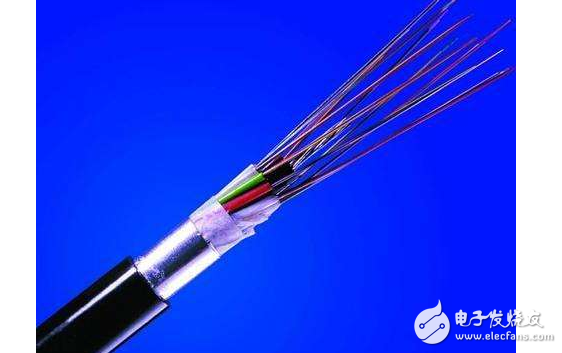
Optical fiber communication is a communication method that uses light waves to transmit information in an optical fiber. Because laser has the significant advantages of high directivity, high coherence, and high monochromaticity, the light wave in optical fiber communication is mainly laser, so it is also called laser-fiber communication.
The principle of optical fiber communication is: at the transmitting end, the transmitted information (such as voice) is first converted into an electrical signal, and then modulated onto the laser beam emitted by the laser, so that the intensity of the light changes according to the amplitude (frequency) of the electrical signal. And transmitted through the optical fiber; at the receiving end, the detector receives the optical signal and converts it into an electrical signal, and after demodulation, restores the original information.
The light signal is emitted by the light emitting diode LED or the injection type laser diode ILD along the optical medium, and at the other end, the PIN or APD photodiode is used as the detector to receive the signal. The modulation of the optical carrier is a shift keying method, also known as Intensity Modula (TI). Typically, two binary digits are represented by the appearance and disappearance of light at a given frequency. Both the LED and the injected laser diode ILD can be modulated in this way, and the PIN and ILD detectors respond directly to the brightness modulation.
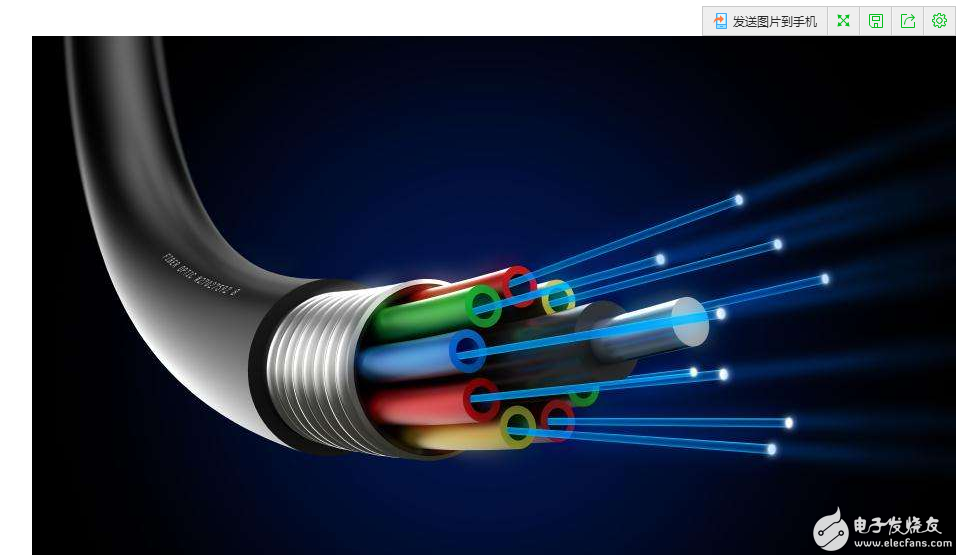
Power amplification: Place the optical amplifier before the optical transmitter to increase the optical power of the fiber. The optical power of the entire line system is increased. Online relay amplification: When the building group is large or the distance between buildings is long, it can act as a relay to increase the optical power. Preamplification: The micro signal is amplified after the photodetector at the receiving end to improve the receiving capability.
Optical cables are not easy to branch, because they transmit optical signals, so they are generally used for point-to-point connections. An experimental multipoint system of optical bus topologies has been built, but the price is too expensive. In principle, the power loss of the optical fiber is small, the attenuation is reduced, and there is a large bandwidth potential. Therefore, the general fiber can support much more connectors than the twisted pair or the coaxial cable. The low-cost and reliable transmitter is a 0.85um wavelength LED, which can support 100Mbps transmission rate and LAN in the range of 1.5~2KM. Laser diode transmitters are costly and do not meet the life expectancy of millions of hours. A light-emitting diode detector PIN operating at a wavelength of 0.85 um is also a low-cost receiver.
The avalanche photodiode has a larger signal gain than the PIN, but uses a 20 to 50V supply, while the PIN detector requires only a 5V supply. If you want to reach a longer distance and a higher rate, you can use a 1.3um wavelength system, this system has little attenuation, but it is more expensive than the 0.85um wavelength system. In addition, the matching fiber optic connectors are also important, requiring a connection loss of less than 25 dB per connector, easy to install, and low in price. The larger the core and aperture of the fiber, the more light it receives from the LED, and the better its performance. Fibers with a core diameter of 100 μm and a cladding diameter of 140 μm provide excellent performance. It receives 4% more light energy than 62.5/125um fiber and 8.5dB more than 50/125um fiber. The fiber attenuation at a wavelength of 0.8 um is 6 dB/Km, and the attenuation of a fiber operating at a wavelength of 1.3 um is 4 dB/Km. The 0.8um fiber bandwidth is 150MHz/Km, and the 1.3um fiber bandwidth is 500MHz/Km.
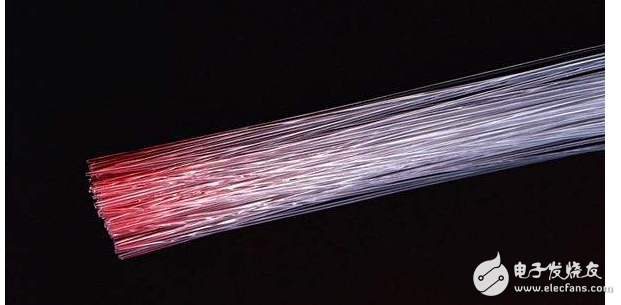
Using a WDM (WAVELENGTH DIVISION MULTI-PLEXING) technology, multiple bits can be multiplexed, transmitted, and transmitted on one line, generally transmitted in parallel in one byte and eight bits, using different bits for each bit stream. The wavelength is so the required support circuitry can operate at low rates. WDM's fiber link is suitable for byte-wide device interfaces and is a new data transmission system.
Optical fiber communication is a communication method in which light waves are used as information carriers and optical fibers are used as transmission media. In principle, the basic material elements that make up fiber optic communication are fiber optics, light sources, and photodetectors.
It can be said that current communication technologies are related to waves, whether it is radio waves (propagating in wires), electromagnetic waves (propagating in air), or light waves (propagating in optical fibers), even the sound of our speech, is also a wave (sound wave) Different amplitude frequencies contain different information.
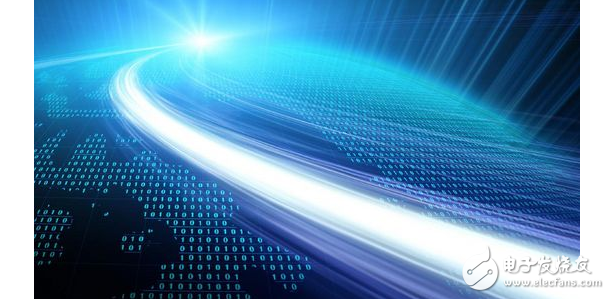
The principle of optical fiber communication is that the transmitted information is first converted into an electrical signal at the transmitting end, and then modulated onto the laser beam emitted by the laser, so that the intensity of the light changes with the amplitude (frequency) of the electrical signal, and is transmitted through the optical fiber. Going out; at the receiving end, the detector receives the optical signal and converts it into an electrical signal, which is demodulated to restore the original information.
What is the difference between fiber and general broadband? The difference between fiber and broadband adslThis refers to the way broadband is accessed. Broadband has multiple access methods to the client. The most commonly used are ADSL, vdsl, FTTB+LAN, and fiber access, as well as wireless access and power cat access. The access method is not directly related to the bandwidth of the application. That is to say, the application for 2M broadband can be achieved in any way, and the speed can reach 2M.
It's just that the path is different. Just like going from a certain place to a certain place, you can walk by car, by car, by plane, by train. Because you are applying for 2M, you can reach your requirements in any way. If the network speed is increased to Gigabit in the future, then ADSL, VDSL, fttb+lan, and wireless will not meet the requirements. The fiber can meet the requirements. Only the device that needs to replace the two terminals replaces the 100-megabit device with 1000 megabytes. Yes. Broadband refers to a network with high transmission speed. Optical fiber is the transmission medium, not the same concept. It can be understood that fiber is one of the ways to achieve broadband transmission.
Today's broadband is basically divided into fiber access and ADSL access. At present, the maximum transmission capacity of only 10M fiber does not have such a limitation. Fiber and broadband are actually two different concepts. Optical fibers transmit signals in the form of optical pulses, using glass or plexiglass as the network transmission medium. It is a transmission medium, like twisted pair, thick cable, thin cable, etc., but his transmission speed is much faster than ordinary media, and can reach more than one megabit per second.
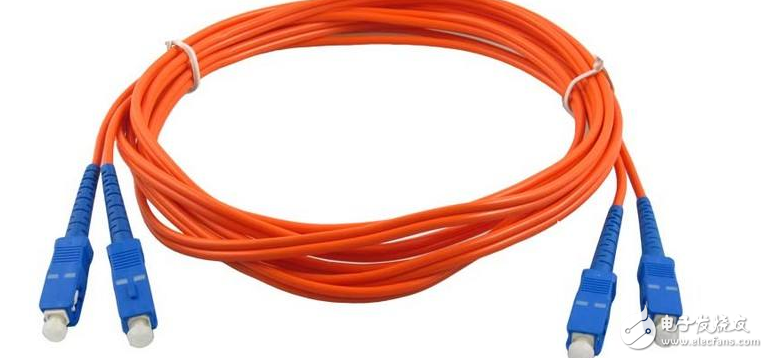
The broadband we are talking about is the speed of our Internet access. The speed of dial-up Internet has increased from 14.4Kbps to 56Kbps. However, due to the quality of the telephone line, 56Kbps should be the limit of the general modem. In order to get faster Internet access speeds, there is bound to be another sneak peek. Therefore, in recent years, various broadband access services have appeared. So what is broadband? In fact, there is no strict definition. Generally speaking, the upper limit of the current dial-up Internet rate is 56Kbps, and the access of 56Kbps and below is called "narrowband", and the access mode above is classified as "broadband".
LANA Vape Stick 1500 Puffs is so convenient, portable, and small volume, you just need to take them out of your pocket and take a puff,
feel the cloud of smoke, and the fragrance of fruit surrounding you. It's so great.
We are China leading manufacturer and supplier of Disposable Vapes puff bars, lana vape stick 1500 puffs kit,lana vape stick 1500 puffs plus,
lana vape stick 1500 puffs rechargeable, and e-cigarette kit, and we specialize in disposable vapes, e-cigarette vape pens, e-cigarette kits, etc.
lana vape stick 1500 puffs kit,lana vape stick 1500 puffs plus,lana vape stick 1500 puffs rechargeable,lana vape stick 1500 puffs vape pen,lana vape stick 1500 puffs box
Ningbo Autrends International Trade Co.,Ltd. , https://www.vapee-cigarettes.com
![<?echo $_SERVER['SERVER_NAME'];?>](/template/twentyseventeen/skin/images/header.jpg)